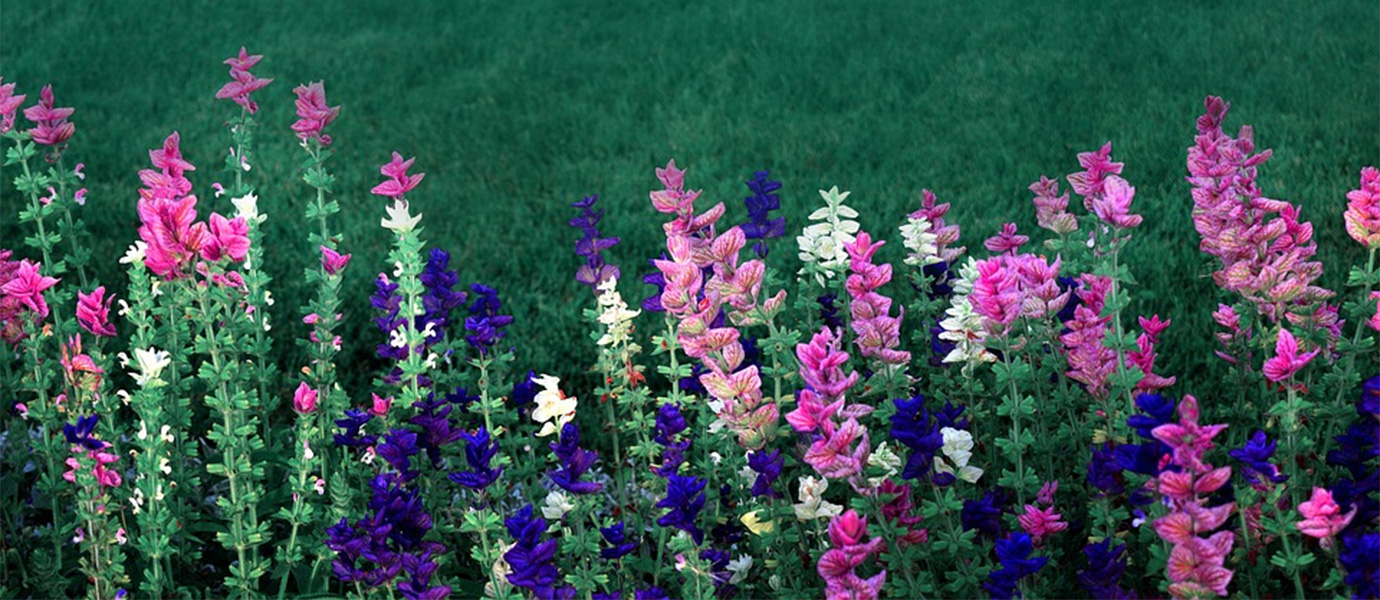ABOUT
Amarillo Botanical Gardens
Started as a garden club in the 20th century, the Amarillo Botanical Gardens feature an indoor exhibit with a variety of plant species including Japanese, fragrance, xeric, and butterfly gardens. Groups will enjoy learning about butterflies, insects, bees, and more at the botanical gardens.
contact info
Hrs: Vary by season.
HELPFUL LESSON PLAN(S)
Prepared by FieldTripDirectory.com
Botanical Garden Lesson Plan
FUN FACTS
The diverse world of plants is perhaps the weirdest, and most fascinating, of all living things. Bamboo can grow over three feet in one day (you can literally watch it grow). There are 600 species of carnivorous plants, which trap and digest insects, frogs, or small birds (if a vegetarian eats this plant, are they still a vegetarian?). The world’s largest flower, Rafflesia, can grow up to three feet in diameter (how big would a bouquet be…). Do a little digging on your next trip to a botanical garden (not literally!), and see what interesting plant facts you can find.
View Lesson Plan>>ABOUT
Amarillo Botanical Gardens
Started as a garden club in the 20th century, the Amarillo Botanical Gardens feature an indoor exhibit with a variety of plant species including Japanese, fragrance, xeric, and butterfly gardens. Groups will enjoy learning about butterflies, insects, bees, and more at the botanical gardens.
contact info
Hrs: Vary by season.
HELPFUL LESSON PLAN(S)
Prepared by FieldTripDirectory.com
Botanical Garden Lesson Plan
FUN FACTS
The diverse world of plants is perhaps the weirdest, and most fascinating, of all living things. Bamboo can grow over three feet in one day (you can literally watch it grow). There are 600 species of carnivorous plants, which trap and digest insects, frogs, or small birds (if a vegetarian eats this plant, are they still a vegetarian?). The world’s largest flower, Rafflesia, can grow up to three feet in diameter (how big would a bouquet be…). Do a little digging on your next trip to a botanical garden (not literally!), and see what interesting plant facts you can find.
View Lesson Plan>>
